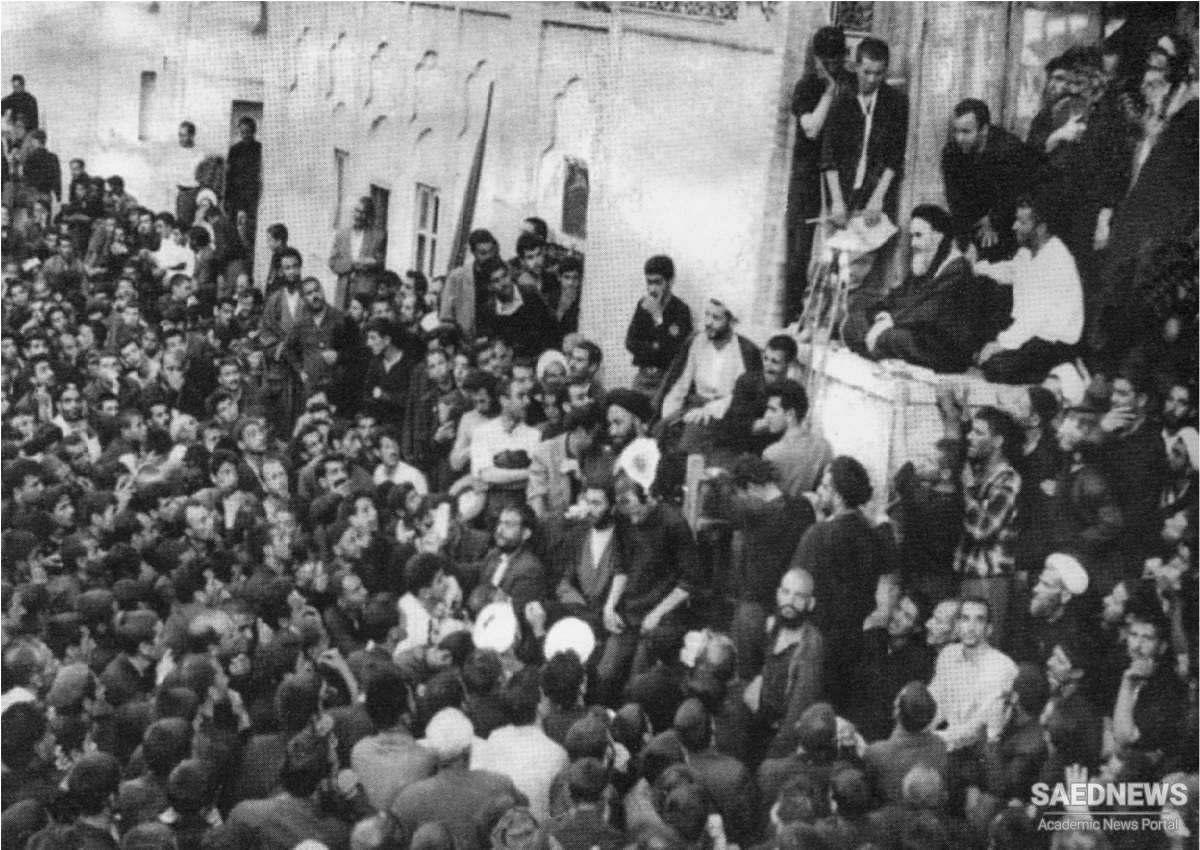In this environment of union against the Shah regime's oppression, members of the National Front, the Tūdeh Party, and their various splinter groups now joined the ulama in broad opposition to the shah’s regime. Khomeini continued to preach in exile about the evils of the Pahlavi regime, accusing the shah of irreligion and subservience to foreign powers. Thousands of tapes and print copies of Khomeini’s speeches were smuggled back into Iran during the 1970s as an increasing number of unemployed and working-poor Iranians—mostly new migrants from the countryside, who were disenchanted by the cultural vacuum of modern urban Iran—turned to the ulama for guidance. The shah’s dependence on the United States, his close ties with Israel—then engaged in extended hostilities with the overwhelmingly Muslim Arab states—and his regime’s ill-considered economic policies served to fuel the potency of dissident rhetoric with the masses.Outwardly, with a swiftly expanding economy and a rapidly modernizing infrastructure, everything was going well in Iran. But in little more than a generation, Iran had changed from a traditional, conservative, and rural society to one that was industrial, modern, and urban. The sense that in both agriculture and industry too much had been attempted too soon and that the government, either through corruption or incompetence, had failed to deliver all that was promised was manifested in demonstrations against the regime in 1978 (Source: Britanica).



 Islamic Revolution: Towards an Understanding of Roots and Causes
Islamic Revolution: Towards an Understanding of Roots and Causes














































